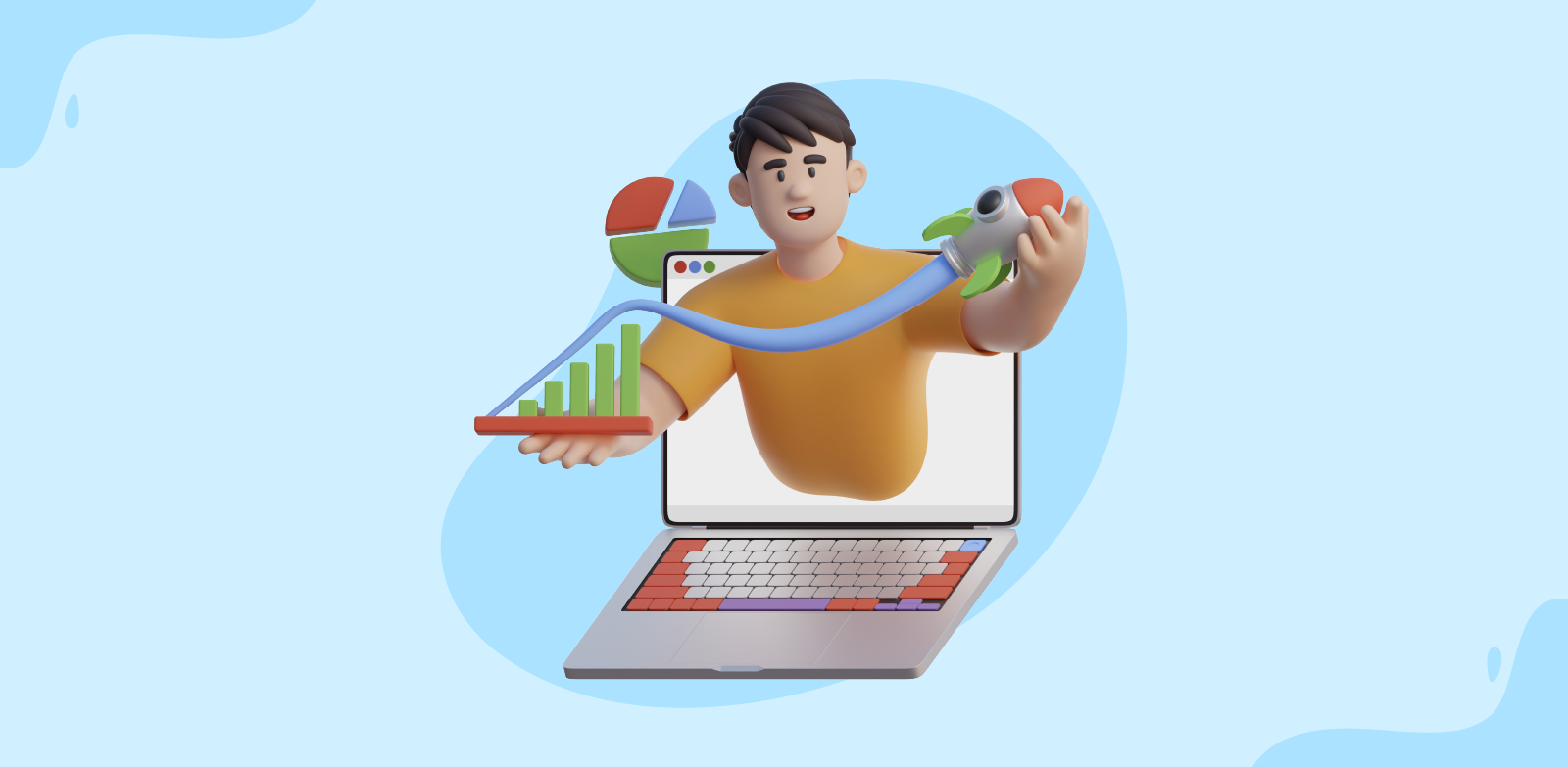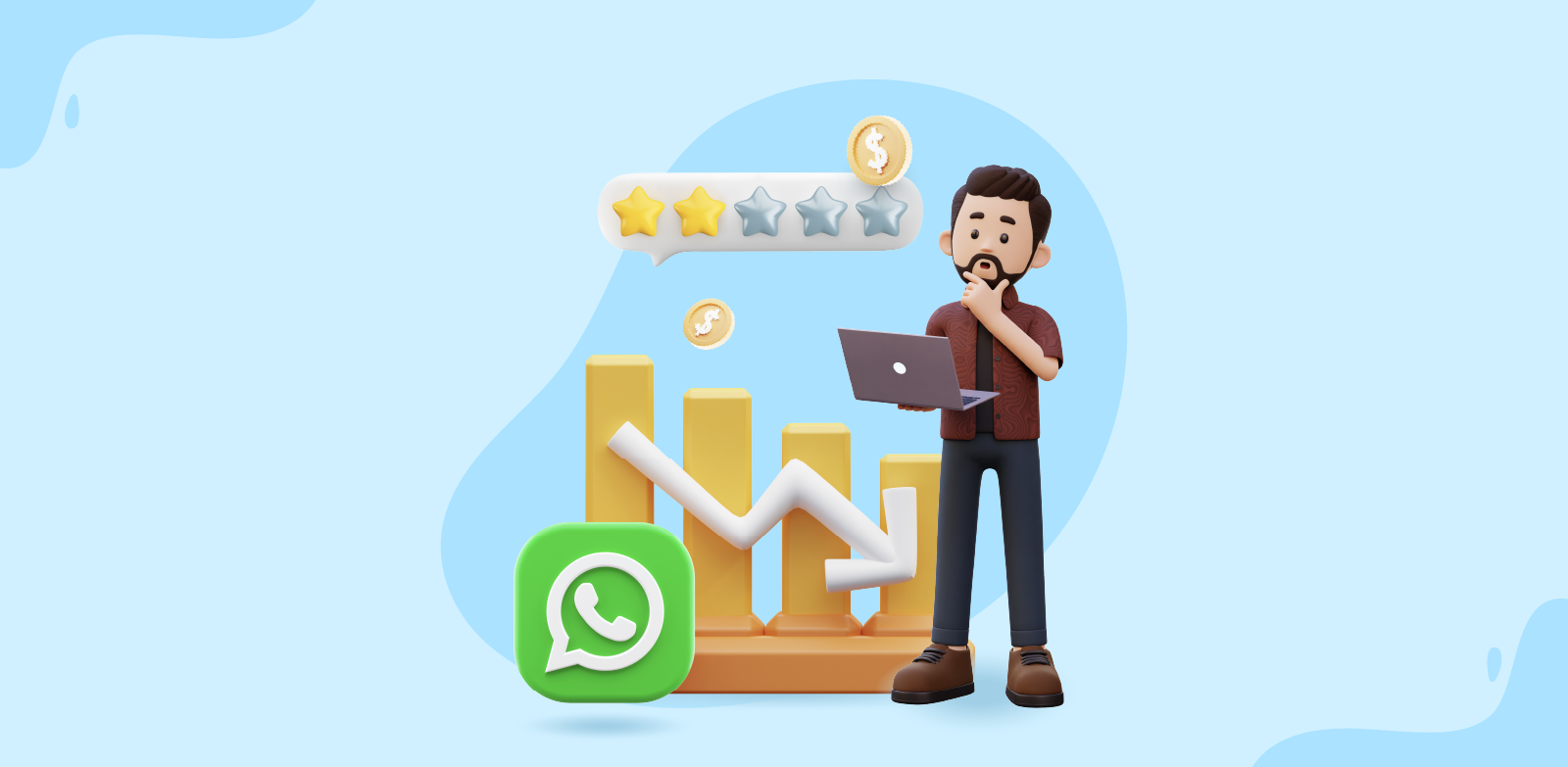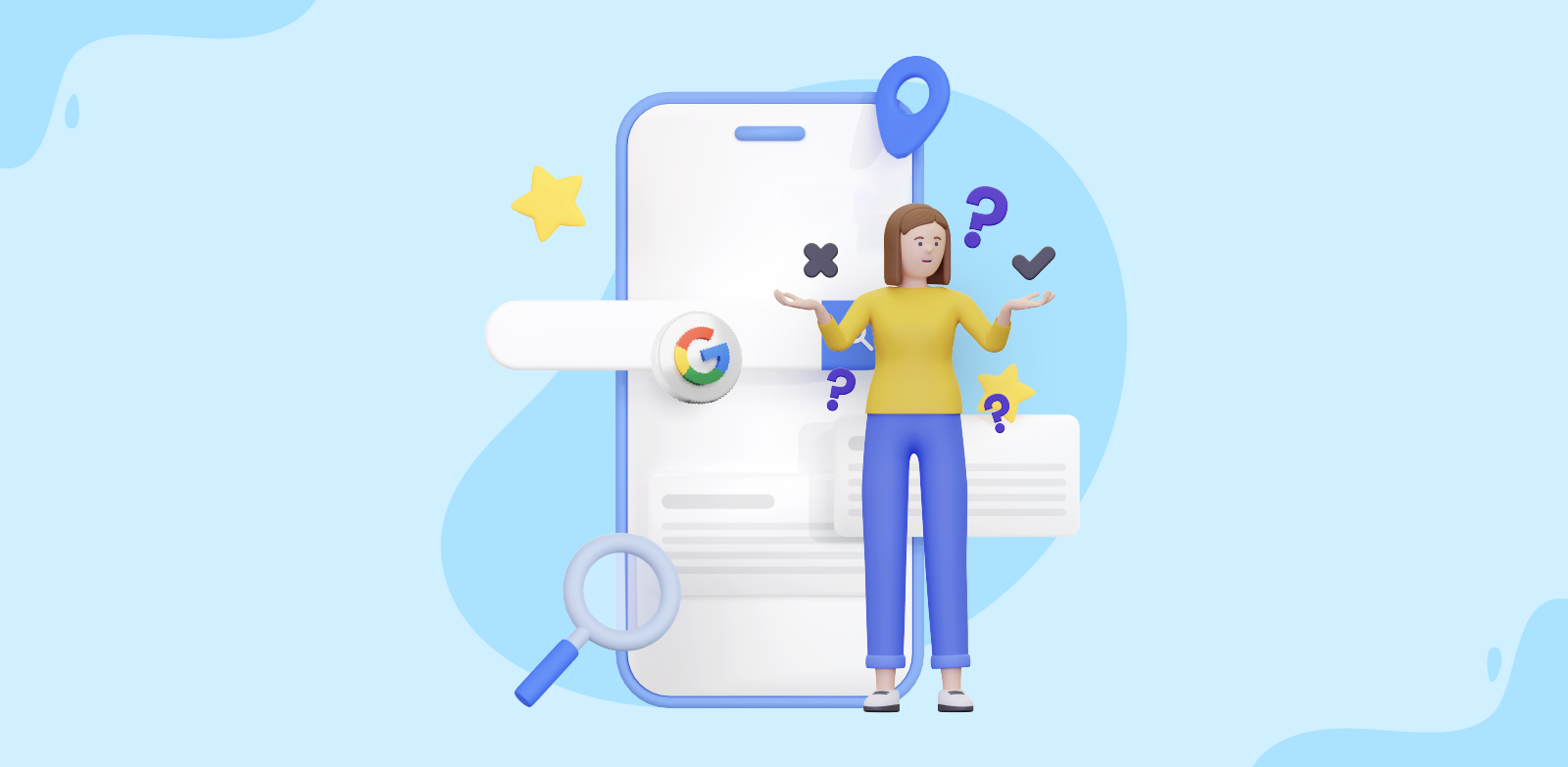- HOME
- Thought leadership
- What is omnichannel
What is omnichannel
- Published : May 19, 2025
- Last Updated : May 19, 2025
- 15 Views
- 6 Min Read
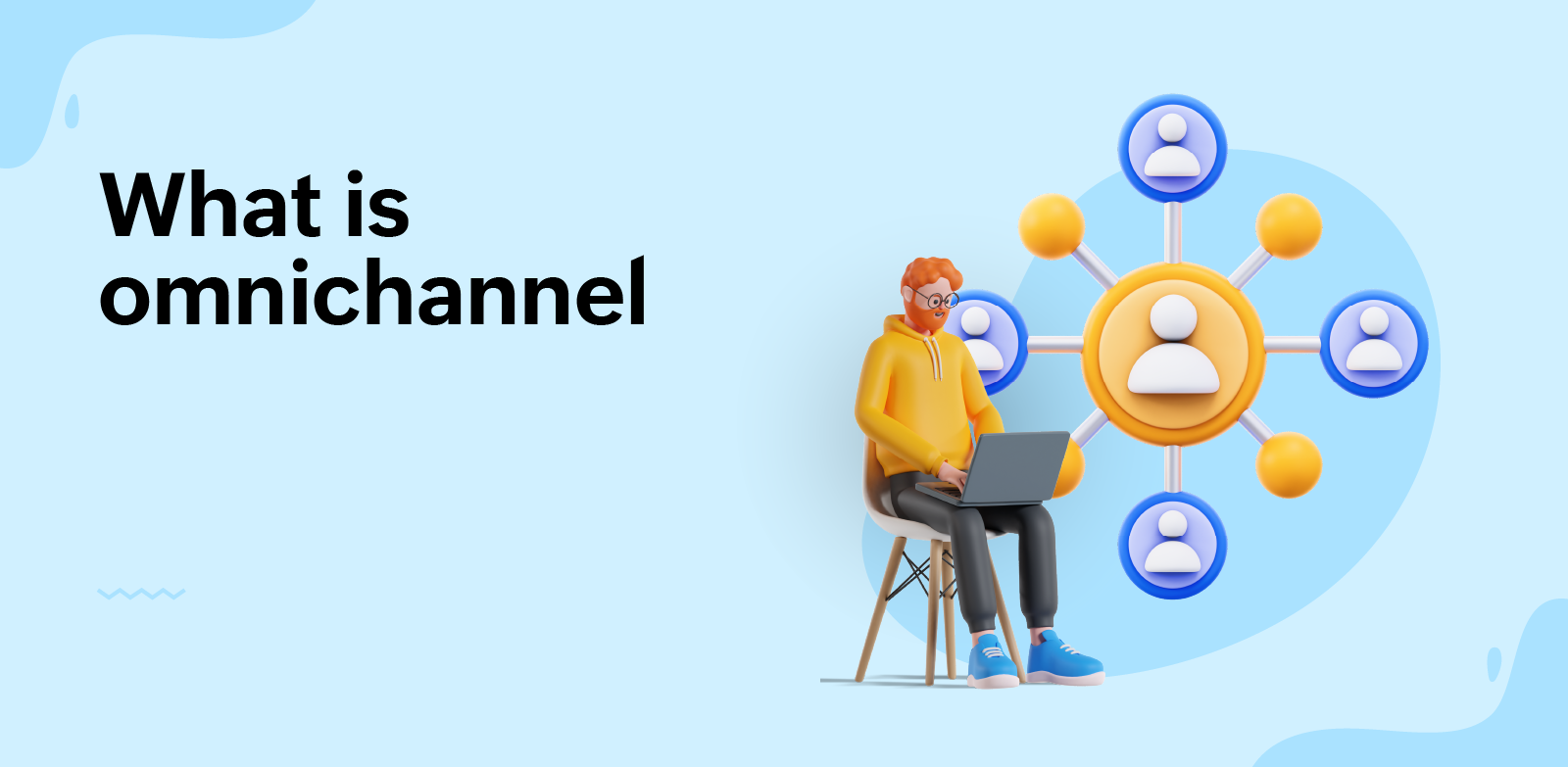
Have you ever switched from browsing for a product on your phone to buying it on your laptop? Or started chatting with a business on social media, then continued the same conversation through email or chats—without repeating yourself?
This smooth, connected experience is what omnichannel is all about.
In this article, we’ll talk about what omnichannel is, how it works, how it’s different from multichannel, and why businesses should be using it.
How to use omnichannel to connect with your customers?
Omnichannel means your different communication channels—whether it's your social media, emails, or instant chat apps, are all connected. They communicate smoothly behind the scenes, connecting all customer touch points. You can switch channels or devices based on your convenience.
Businesses use this approach to handle sales, marketing, and customer support to give customers a unified brand experience everywhere. So no matter where your customer is—scrolling on their social media app, chatting with support, or shopping in-store—they get the same experience everywhere. They also have the freedom to connect with you on the channels they prefer and have a smooth, seamless experience every time.
And, it doesn’t stop once they make a purchase. Omnichannel support continues even after the sale, helping customers feel valued at every step. It ensures that your customers feel heard, valued, and taken care of at every stage of their journey.
As a business owner, this gives you important insights about your customers, teams, and business processes. You can track how customers interact with your brand, see which channels they use the most, and make smarter decisions based on real data. It’s all about staying connected, being consistent, and showing up where your customers are—before, during, and after the sale.
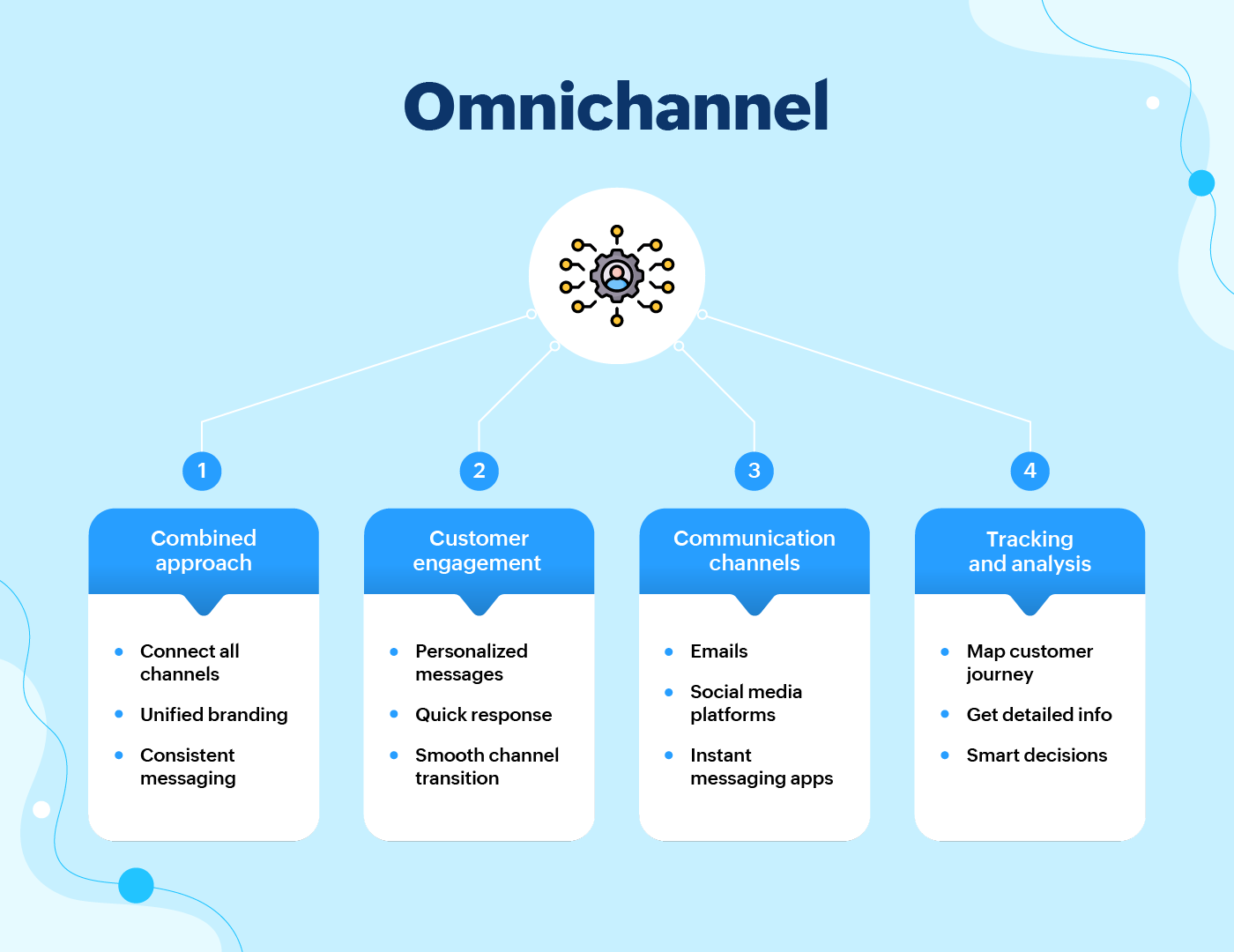
How can omnichannel work for your business?
magine you’re scrolling through Instagram and spot a post featuring some cool summer jackets. You go to the brand's page, browse a little bit, and one particular jacket catches your eye. You send the brand a DM asking about the price and size options. Within minutes, you get a reply with all the info you need. You ask a few more questions about the material and return policy, and they respond right away. Impressed by how fast and helpful they are, you decide to place the order.
They ask for your contact number, email, and shipping address. Simple enough. A little while later, you get an email confirming your purchase, complete with a summary and even a discount code for your next order. The next day, you get a WhatsApp message that your order has shipped. A couple of days later, your package arrives, right on time.
But it doesn’t stop there. After you've had time to try on your new jacket, you get a follow-up email asking how you liked it and if there’s anything else they can help with.
That’s omnichannel done right! It gives you a smooth, connected, and totally customer-first experience. No matter which channel you start on—Instagram, Facebook, WhatsApp, Telegram, or email—it all feels like one seamless conversation. You don't have to repeat yourself every time. Choose any channel, connect from any device, and continue without any hassles. You can switch between devices and continue your conversation right where you left off.
Omnichannel strategy isn't limited to a certain type of business, it applies to a variety of businesses, regardless of their products or services or based on their customers’ needs. Because it’s all about staying connected, being consistent, and showing up where your customers are—before, during, and after the sale.
Why does omnichannel differ from multichannel?
You might have heard a similar term, "multichannel." People often get confused between omnichannel and multichannel, but they’re not the same. Multichannel focuses on reaching customers through various separate channels, whereas omnichannel puts the customer at the center, and connects every channel that they use.
- Multichannel is when a brand shows up on different platforms such as Instagram, Facebook, email, or even a physical store—but each one operates independently. The channels don’t talk to each other. So, if you browse a product on Instagram, other communication channels won’t know about it. That means your shopping experience is different (and disconnected) on every channel. And for businesses, their customer data gets stuck in silos, making it harder to see the full picture.
- Omnichannel, on the other hand, connects the dots. All channels work together like a organized system. Whether a customer starts shopping on their phone, continues on a laptop, and finishes in the store, the experience feels the same. They have the freedom to switch channels anytime during their journey. Businesses get a holistic view of customer interactions, their preferences, past purchases, and a much better chance at building lasting relationships.
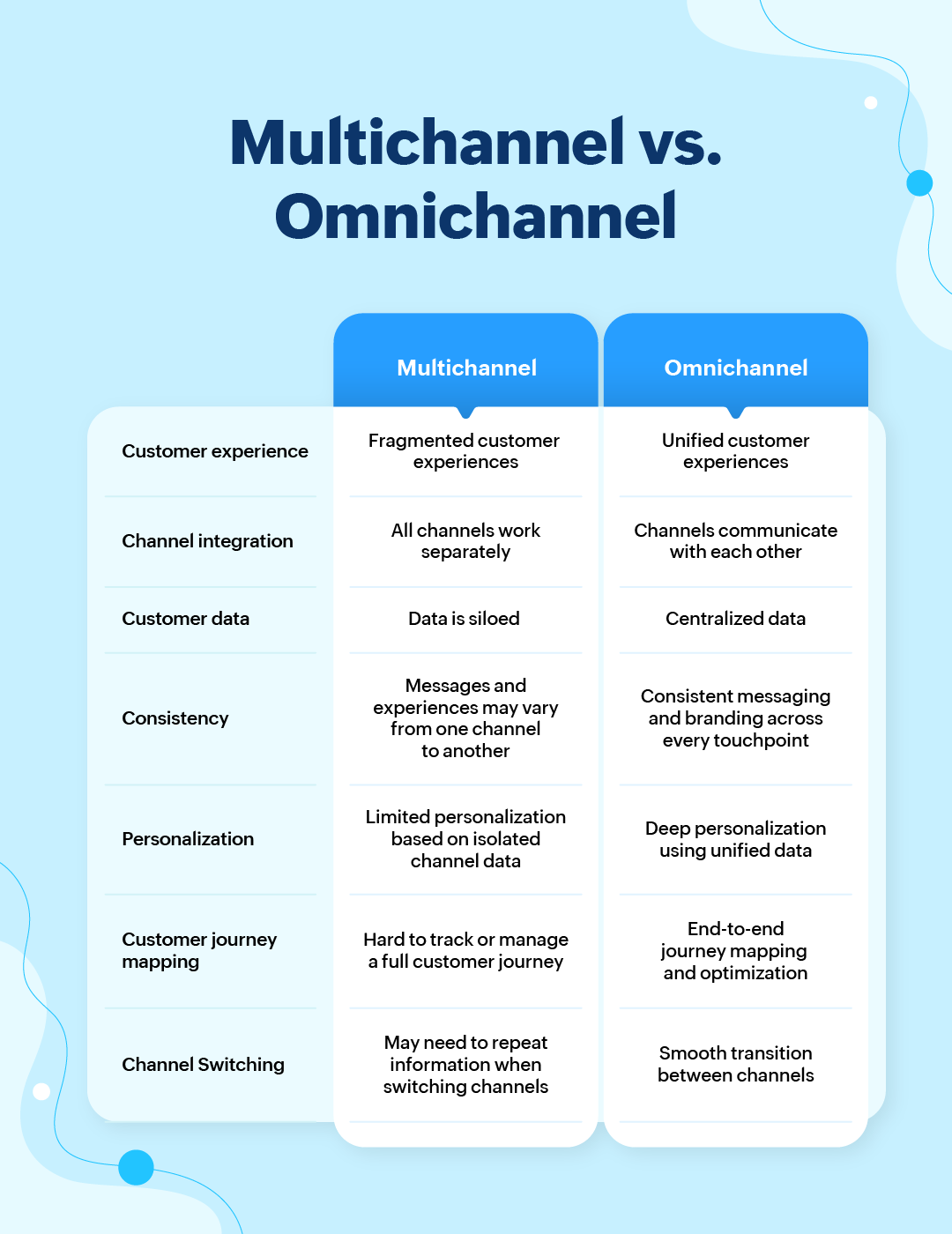
Why going omnichannel just makes sense
Omnichannel isn't just a trendy buzzword, it's a complete strategy that creates a connection between customers and businesses, closing all of the communication gaps. If you're looking to level up your customer experience, omnichannel is the way to go. Here's why.
Customers get more freedom and flexibility.
With an omnichannel setup, your customers can connect with you however they want—whether it’s through email, live chat, or a DM on social media. They can start a conversation on one channel and switch to another without any repetition. That kind of freedom makes things easier for them—and helps build loyalty.
It creates a unified customer experience.
Customers never want to repeat themselves or get lost between multiple conversations. Omnichannel gives your customers similar experience across different touchpoints. It feels like they’re talking to one brand, not bouncing between disconnected teams. That consistency builds trust.
The buying process is easier.
When customers can easily move between channels and still get what they need—whether it's product info, support, or after-sales help—it speeds things up. Fewer hoops to jump through means happier customers and faster sales.
You get smarter customer insights.
With omnichannel, you can track customer interactions across every channel. That means you get a clear picture of their behavior, preferred channels, and pain points. Use that data to personalize their journey, fine-tune your strategy, and deliver better service.
It saves you time and resources.
An omnichannel approach isn’t just great for customers—it’s efficient for your team, too. By connecting your tools and platforms, you reduce manual work, cut down on errors, and simplify your processes. Your teams don't need to jump across apps anymore. That translates to real savings in both time and costs.
How do shared inboxes support omnichannel?
Shared inboxes allow you to manage all customer messages from different platforms in one centralized place. It can be your email, social, or instant chat apps channels; all are connected to a single shared inbox. This makes it easier for teams to respond quickly and consistently, regardless of where the message comes from.
Every inbox member can see all customer conversations so they can avoid repeating replies or missing messages. They can assign messages, discuss them internally, add comments over threads, and collaborate in real time.They also get useful customer insights from integrated apps, such as CRM, and send more informed and personalized responses.
This kind of setup is key to an omnichannel strategy, which is all about giving customers a smooth, connected experience across all channels. With shared inboxes, everything happens within a single inbox; you don’t need to switch between different platforms or apps.
Wrapping up
Whether you’re already running a small business or you’re part of a growing brand, creating a connected experience across channels isn't optional anymore; it's becoming a must. Your business’s success depends on how your customers feel throughout their journey. Did they feel heard? Will they come back?
So the next time you reply to a DM, answer a query, or have a quick chat, ask yourself: Is this part of an omnichannel? If the answer is yes, your customers will soon notice the difference.
